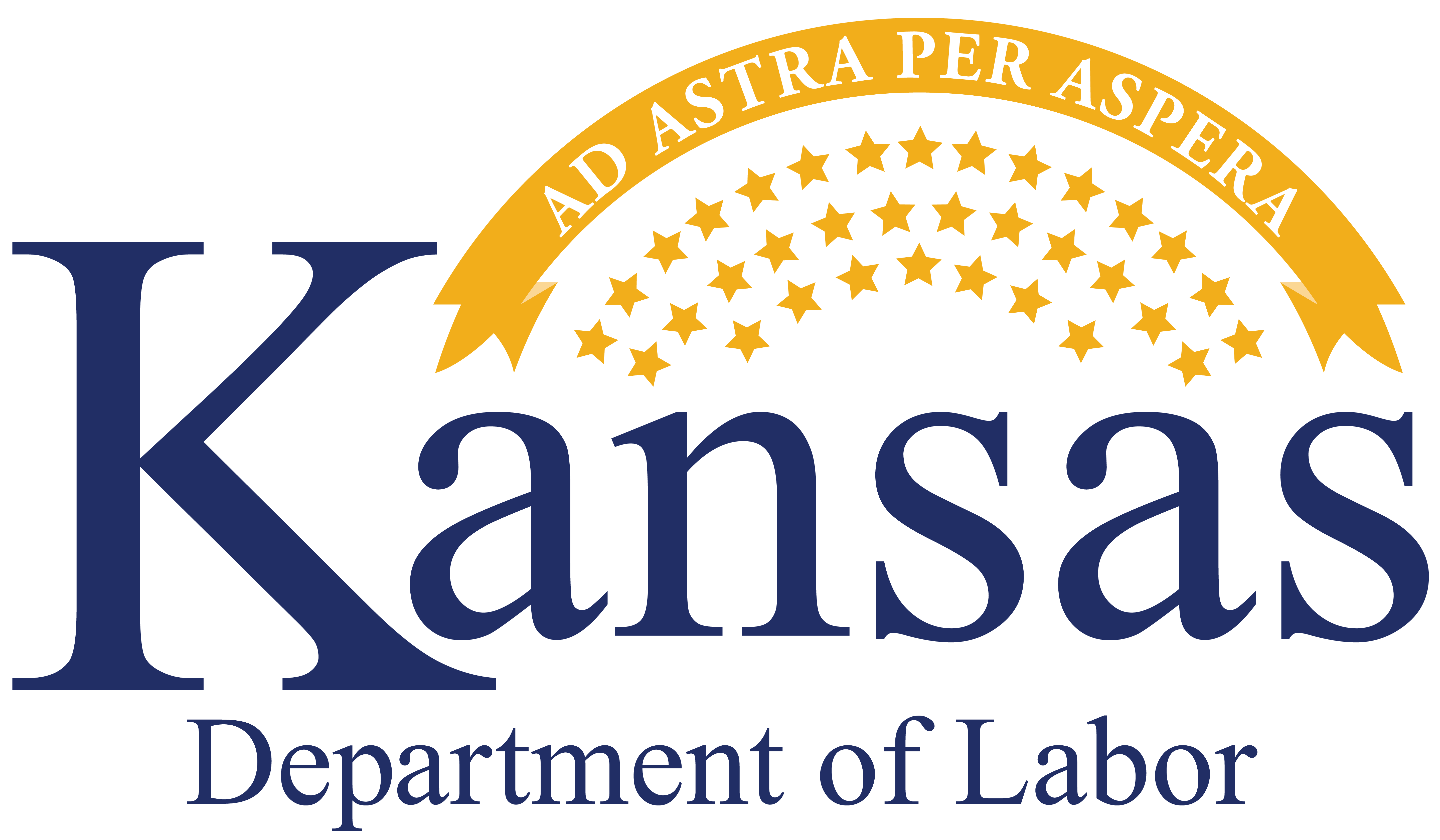Kansas Workers' Compensation Division
IAIABC: Please provide a description of your organization.
David Sprick, Public Service Executive, Operations Section, Kansas Workers' Compensation Division:
The Kansas Workers’ Compensation Division was created by law in 1911, which is one of the earliest states to adopt a workers compensation program. The Division is headquartered in Topeka, Kansas, just about 60 miles from Kansas City, and is housed in the larger Department of Labor. Currently we have 70 full-time employees. About 75% of our operations involves the judicial function and of those 70 employees 15 are administrative law judges (five are appeals board judges who review cases from the frontline ALJs). We have a large state geographically but a small population of around 2.2 million people so we have four other regional offices that only adjudicate disputes. These are located in Garden City (western Kansas) and the larger population centers of Wichita, Salina, and Lenexa in the suburbs of Kansas City. We also have ALJs and the Appeals Board in our Topeka headquarters.
Workers' compensation agencies need to think about their core functions. In Kansas, our core functions are to resolve disputes, ensure adequate insurance coverage, establish allowable medical services, monitor safety programs, investigate and prosecute fraud, collect, store, and publish data & information related to these functions, and administer the Division. The Division’s strategic vision is to continue to provide high quality public services for our core mission tasks we identified during our modernization process. They are as follows:
- Ensure accident prevention and workplace safety programs are adopted across Kansas
- Ensure workers have a straightforward and certain remedy for workplace injuries
- Ensure employers have a predictable cost for the risk of covered workplace injuries
- Ensure injuries are dealt with quickly and efficiently, minimizing lost time from work
- Ensure workers’ compensation laws are administered fairly and without bias
- Keep administrative costs low
!["the Division is the steward of the [workers' compensation] system in its regulatory capacity and that large responsibility is taken seriously."](https://assets.noviams.com/novi-file-uploads/iaiabc/Member_Spotlight/KS_Quote_1.png)
IAIABC: How does your organization serve the workers’ compensation industry?
DS: Overall, the Division is the steward of the system in its regulatory capacity and that large responsibility is to be taken seriously. As the exclusive remedy to resolve disputes in the Kansas workers' compensation system it would seem the legislature is rather clear this is our most important function or role in the system. The leadership team in the Division has identified that ensuring adequate insurance coverage is a very close second in contingency planning. Both of these roles help ensure injured workers can receive the timely medical treatment they deserve under the law as well as any lost income replacement.
IAIABC: What do you see as some of the major challenges the industry is facing, and how can we as a community address them?
DS: In June of 2023, speaking in my personal capacity, I see three main challenges to the system in Kansas:
The first challenge is that while overall workplace injuries are declining, we are not seeing death cases drop dramatically, although they are still relatively low to total injuries. We would like to see these drop to zero.
The second is that litigation as a percentage of lost time claims (an adjudication metric we use) is too high and this represents friction costs in the system here in Kansas.
The third big challenge is internal to our division. How can we recruit and retain younger employees to keep this regulatory and adjudication operation to continue to run effectively. This last challenge is not confined to Kansas- it affects quite a lot of the entire industry. I think the IAIABC, and the regional associations as well can continue to meet, discuss, share, network, and encourage agencies to bring their younger or newer workers into this information loop. It really is a valuable asset, at least in my view.

IAIABC: Are there any projects/programs/initiatives going on at your organization that you are particularly excited or enthusiastic about?
DS: We spent a lot of time modernization last decade and that affected the court operations more than other parts of our operation. We went fully digital and brought the agency into the modern, informational world. That still excites me we did this.
Currently, we have been working on new methods of data analysis- new statistical procedures such as the use of computational inference measures such as bootstrapping- to analyze workers compensation claims.  We recently published a study on a sample of over 20,000 claims using these methods. My co-author on that study was an intern we had from the University of Kansas.
We recently published a study on a sample of over 20,000 claims using these methods. My co-author on that study was an intern we had from the University of Kansas.
Our team is also working on sharpening our adjudication metrics such as disputes per lost time claims to handle and real-time calculation issues. We are also working on and are close to what Greg Krohm calls the “holy grail of metrics” (HGM is what we call it in his honor) which is the rate of uninsured employers at any given time. This is very difficult, but we are hopeful we might have a breakthrough.
Finally, we have been building and testing a machine learning model to classify dispute types and the significant issues in each case so we can have a population analysis of all our workers’ compensation cases that we currently lack.
IAIABC: Why is your organization a member of the IAIABC? What would you tell others about the benefits of membership?
DS: I think I gave a hint to why Kansas is an active member of the IAIABC in my earlier response. It is a forum or network of workers’ compensation professionals that meet, share, discuss, problem solve, trade ideas, critique, support, encourage and celebrate, and ultimately help state agencies perform their stewardship function more efficiently and effectively. This is what I tell my new employees before they start their journey at the division, and it is what I am telling all who read this. There have been so many ideas I have learned or stole from my IAIABC colleagues.

